Agile Product Owner - Agile Product Ownership Tool
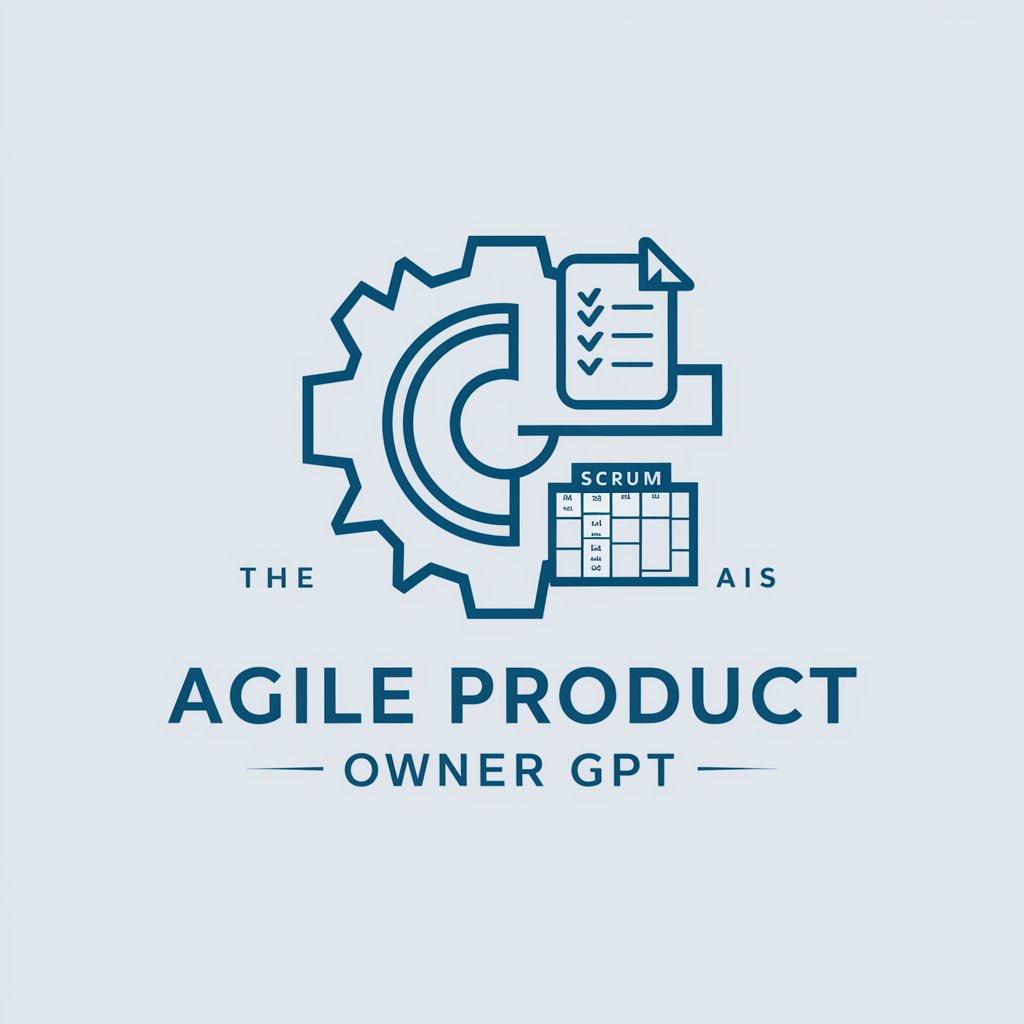
Hello! How can I assist you with your product vision today?
Crafting Your Agile Vision with AI
Describe your product vision in detail.
What specific features or functionalities do you envision?
Who are the primary users of your product?
What problems does your product aim to solve?
Get Embed Code
Introduction to Agile Product Owner
The Agile Product Owner (APO) is a crucial role in Agile project management, primarily serving as the bridge between the product development team and stakeholders. The APO is responsible for defining the vision of a product, prioritizing the product backlog, and ensuring the team's work aligns with customer needs and company goals. A common scenario illustrating the APO's role is during the sprint planning meeting where the APO discusses and clarifies user stories with the development team to ensure that each feature meets the stakeholder's expectations and adds value to the end product. Powered by ChatGPT-4o。

Main Functions of Agile Product Owner
Backlog Management
Example
An APO continuously updates and prioritizes the product backlog, which includes listing new features, bug fixes, technical tasks, and knowledge acquisition activities. For instance, after receiving feedback from customers about a confusing user interface, the APO prioritizes UI enhancements in the backlog to improve user experience.
Scenario
In the context of an e-commerce platform, the APO revises the backlog before each sprint, ensuring high-priority tasks like enhancing the checkout process are ready for development.
Stakeholder Communication
Example
APOs act as the point of contact for stakeholders and the development team, facilitating clear communication of business requirements and updates. For example, if a stakeholder wants to shift the product's focus towards a new market segment, the APO will translate these requirements into actionable user stories for the development team.
Scenario
During a project for developing a mobile application, the APO organizes regular meetings with stakeholders to report progress and gather feedback, ensuring the product aligns with market needs.
Vision Definition and Refinement
Example
The APO defines and continually refines the product vision to guide the development process. This is particularly important in dynamic markets where user preferences and competitive landscapes can change rapidly. For example, an APO might redefine a social media app's vision to focus more on privacy features in response to growing user concerns about data security.
Scenario
In the development of a fintech app, the APO refines the product vision to incorporate new financial regulations and user feedback about desired features like mobile wallet integration.
Ideal Users of Agile Product Owner Services
Startup Founders and Entrepreneurs
These individuals benefit from Agile Product Owner services as they need to rapidly adapt to market changes and efficiently manage limited resources. APO services help them prioritize product features that are critical for early market entry and customer validation.
Corporate Product Managers
Product managers in larger corporations can use APO services to handle complex products that require coordination across different teams and alignment with broad company objectives, ensuring that development efforts are closely tied to strategic business goals.
Development Team Leaders
Team leaders in software development settings benefit from clear, prioritized backlogs and defined product visions, which streamline the development process and help manage team workload effectively. APO services facilitate smoother project execution and enhance team productivity.

Using the Agile Product Owner Tool
Begin your trial
Start by accessing a free trial at yeschat.ai, which does not require login or a ChatGPT Plus subscription.
Define your product vision
Clearly articulate the vision for your product. This will guide the prioritization and creation of user stories.
Craft user stories
Create detailed user stories that follow the INVEST criteria to ensure they are clear and actionable for development teams.
Prioritize the backlog
Organize the user stories by priority, focusing on delivering the most value to users early and often.
Engage stakeholders
Regularly review the backlog with stakeholders to ensure alignment and incorporate feedback to refine product direction.
Try other advanced and practical GPTs
Hotel HR Helper
Elevating Hotel Hiring with AI

Financial Checker
Empower Decisions with AI-Powered Analytics

Mod Checker
Craft Perfect Modpacks with AI
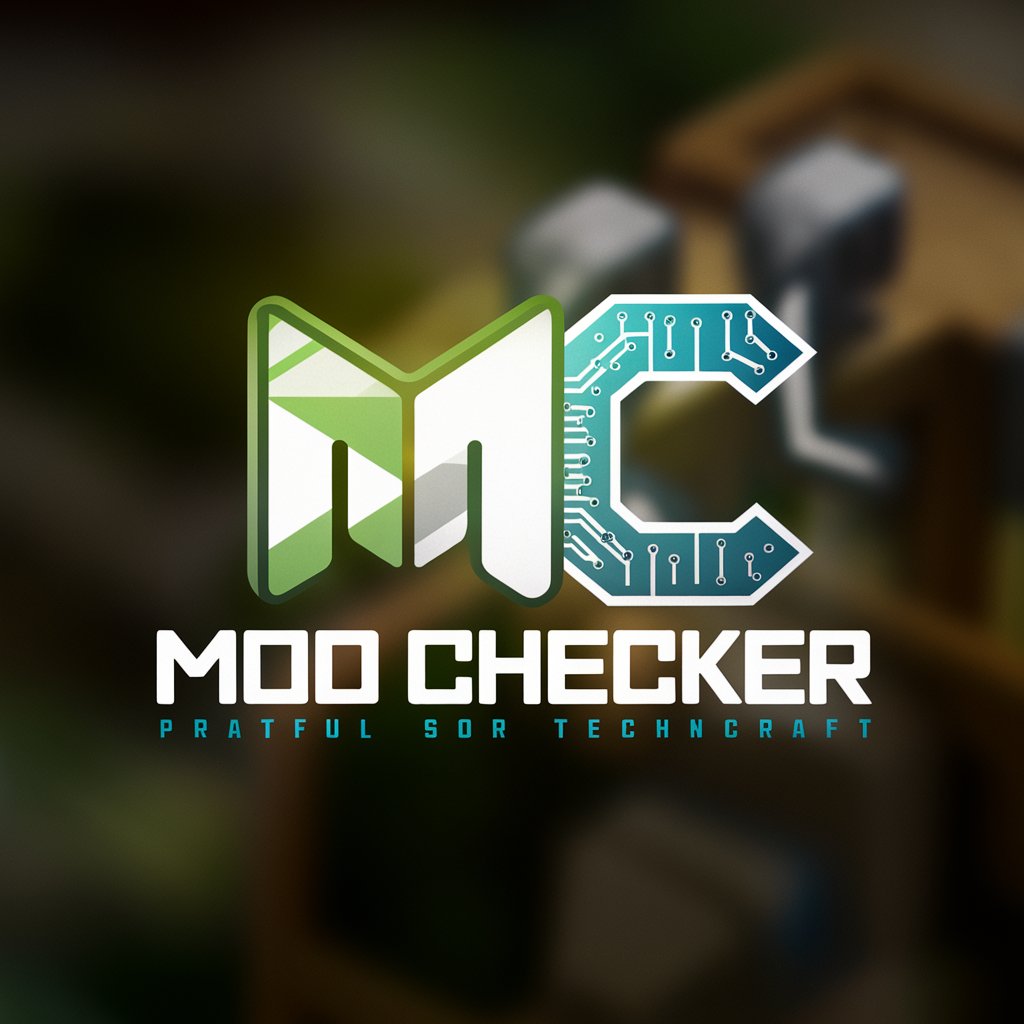
Virtual Driver Coach
Enhance Your Driving with AI Coaching

Driver/Sales Workers Assistant
Empowering Sales Drivers with AI
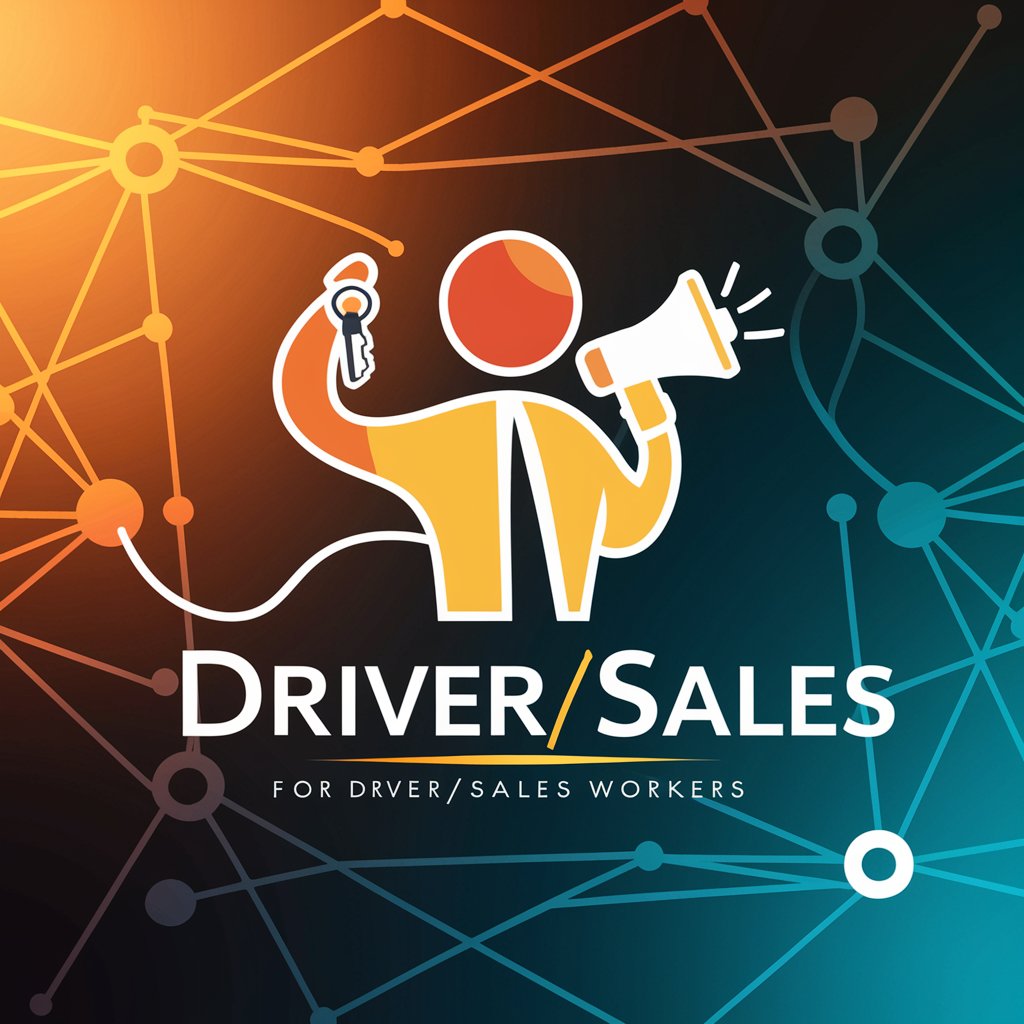
学术助手
Empowering your academic journey with AI

Home-based Business Owner
Empowering Crafters with Smart AI
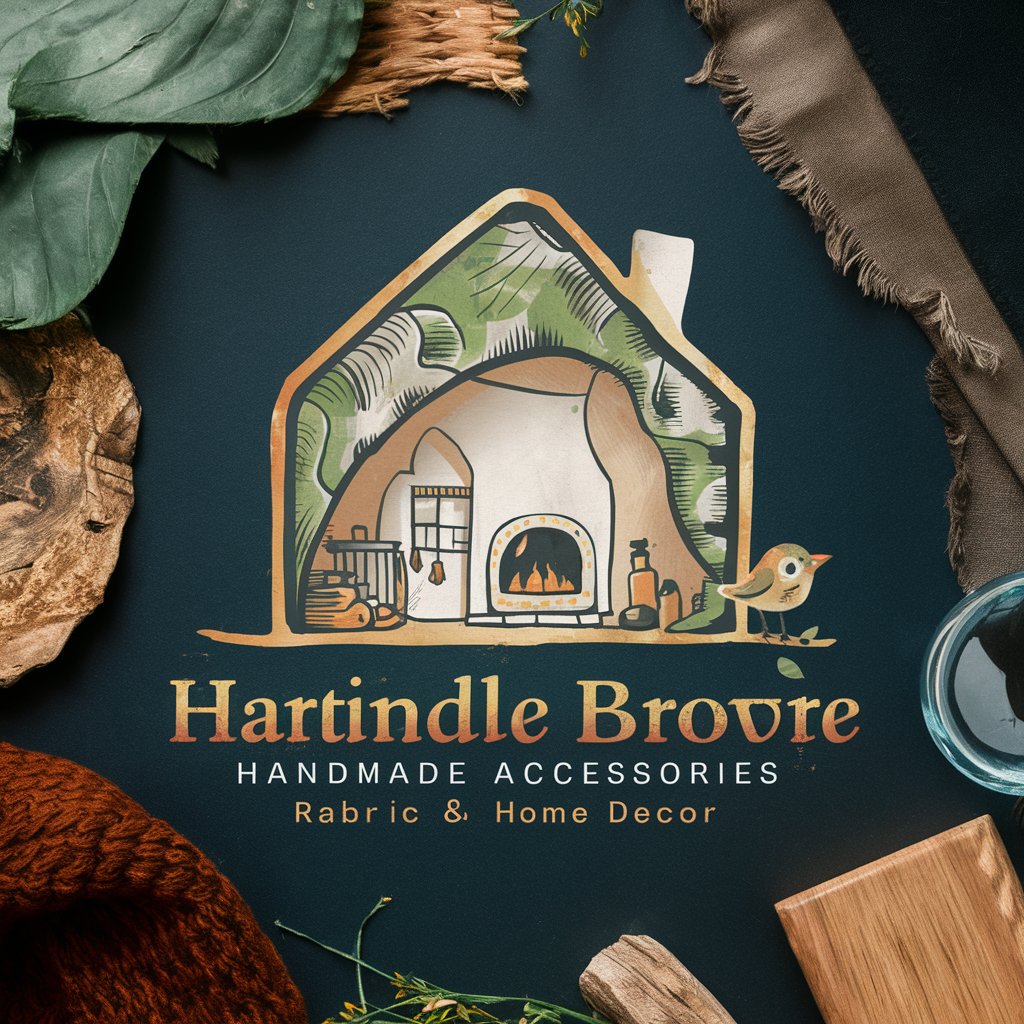
Animal Explorer
Discover Wildlife with AI

Animal Whisperer
Discover the Animal Kingdom, AI-Powered
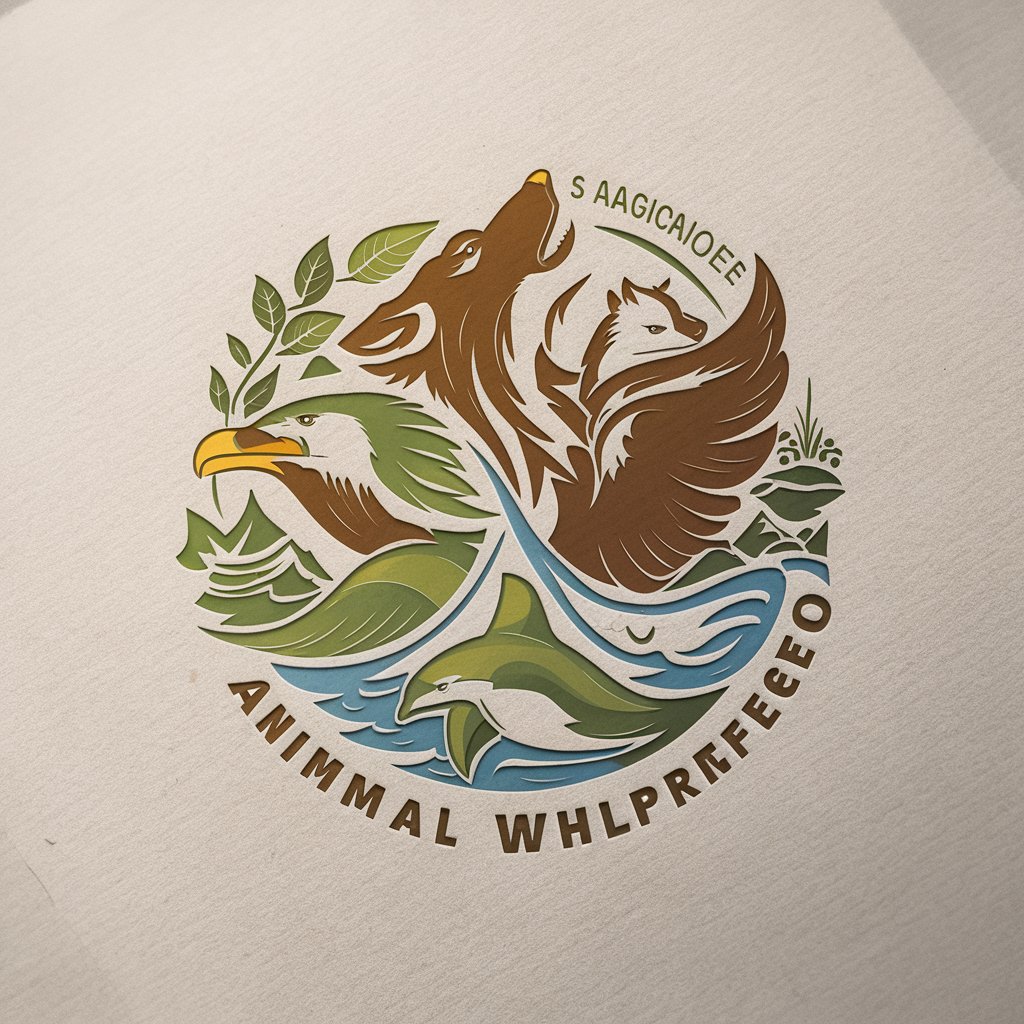
Book Crawler
Unleash insights with AI-powered quotes

Book Buddy
Your AI-Powered Literary Guide

Book Buddy
Your Personal AI-Powered Bookshelf

Frequently Asked Questions About Agile Product Owner
What is the Agile Product Owner?
The Agile Product Owner is a specialized role within Agile development teams responsible for defining user stories, prioritizing the backlog, and ensuring the final product delivers value to the users.
How does the Agile Product Owner interact with the development team?
The Product Owner collaborates closely with the development team to clarify requirements, discuss implementation details, and negotiate adjustments to user stories.
Can Agile Product Owner be used in non-software projects?
Yes, the principles of the Agile Product Owner can be applied to various types of projects, including marketing campaigns, organizational changes, and more, adapting the Agile methodology beyond software development.
What makes a good user story in Agile?
A good user story is clear, concise, and follows the INVEST criteria. It should be independent, negotiable, valuable, estimable, small, and testable to ensure effective implementation.
How does Agile Product Owner handle changes in project scope?
The Agile Product Owner is adept at managing scope changes, using backlog refinement and prioritization to accommodate new requirements or adjustments while maintaining project alignment with business goals.
